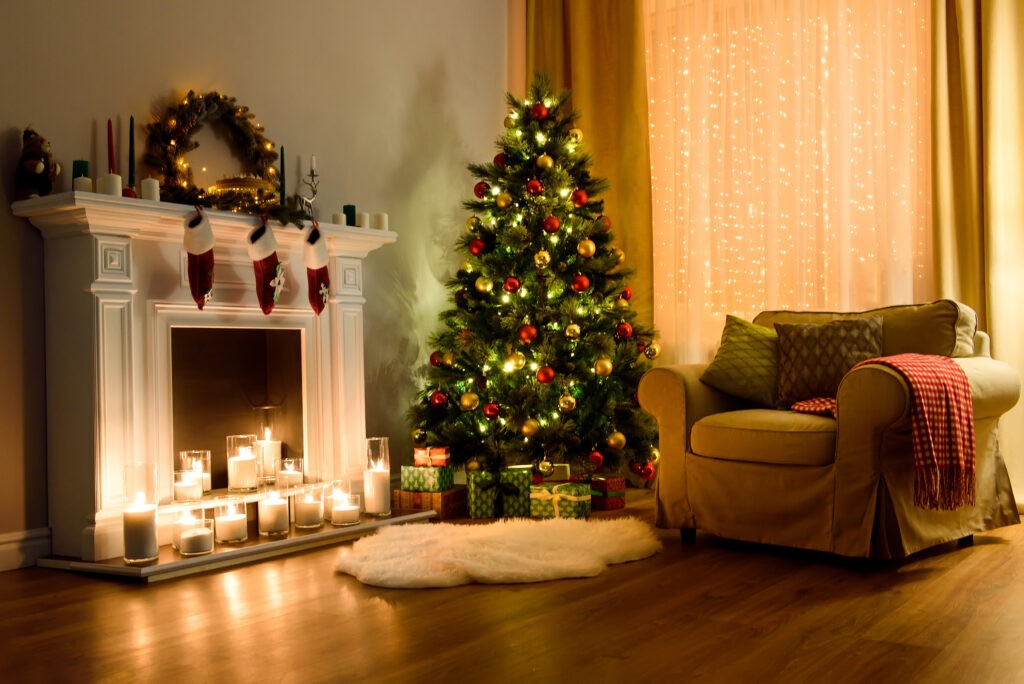The Story of the Christmas Tree: A Timeless Tradition
The Christmas tree is one of the most iconic symbols of the holiday season. From twinkling lights to sparkling ornaments, its presence brings warmth and joy to homes worldwide. But where did this cherished tradition come from, and how has it evolved over centuries?

Origins of the Christmas Tree
The roots of the Christmas tree trace back to ancient civilizations. Long before Christianity, evergreen trees and branches were used to celebrate winter solstice festivals. Ancient Egyptians, for instance, brought palm fronds into their homes to honor Ra, the sun god, as they believed it symbolized life triumphing over death. Similarly, early Romans decorated their homes with evergreen boughs during Saturnalia, a festival honoring Saturn, the god of agriculture.
The Christian Influence
The modern Christmas tree has its origins in 16th-century Germany. Legend has it that Protestant reformer Martin Luther was inspired by the beauty of a forest of evergreens glittering under the night sky. He brought a tree into his home and adorned it with candles to recreate the magical scene for his family.
By the 17th and 18th centuries, the tradition had spread across Europe. Trees were decorated with edible treats like apples, wafers, and nuts. The evergreen came to symbolize eternal life and hope during the cold, dark winter months.
The Christmas Tree Goes Global
The Christmas tree became popular in Britain during Queen Victoria's reign. In 1848, an illustration of Queen Victoria, Prince Albert (her German-born husband), and their family gathered around a decorated tree was published in The Illustrated London News. The image captivated the public, making the Christmas tree an essential part of British holiday celebrations.
Immigrants from Germany and Britain brought the tradition to the United States in the 19th century, where it quickly gained popularity. By the early 20th century, the Christmas tree had become a universal symbol of the holiday spirit.
Modern Christmas Tree Traditions
Today, Christmas trees come in all shapes and sizes—natural or artificial, minimalistic or extravagantly decorated. They’re adorned with a mix of personal, cultural, and modern influences, including:
- Lights: Twinkling lights symbolize stars and hope, and they’ve come a long way since Martin Luther’s candles.
- Ornaments: From family heirlooms to themed baubles, ornaments tell unique stories of love, tradition, and memories.
- Tree Toppers: Whether it’s a star, an angel, or something whimsical, the topper crowns the tree with meaning and charm.
Eco-Friendly Christmas Trees
In recent years, the sustainability of Christmas trees has become a topic of discussion. Many families opt for potted trees that can be replanted after the holidays, while others choose high-quality artificial trees that last for years. Some communities even host tree-recycling programs, turning trees into mulch for gardens and parks.
Cultural Variations
While evergreen trees are the centerpiece in many countries, other cultures have unique variations:
- In Mexico, Nochebuena (poinsettias) often accompany Christmas decor.
- In Japan, where Christmas is not a traditional holiday, ornamental lights and creative decorations inspired by Western traditions are popular.
- Scandinavian countries often add straw ornaments, reflecting their agricultural heritage.
A Tree That Brings Us Together
The Christmas tree is more than just a decoration—it’s a symbol of unity, warmth, and festivity. Gathering around the tree to decorate it is a cherished tradition for families, sparking joy and togetherness.
As we admire its beauty this holiday season, let’s take a moment to appreciate its rich history and enduring significance. Whether your tree is decked out in glittering lights or simply adorned with handmade ornaments, it carries the magic of centuries-old traditions into your home.
-
 Investment11/11/2024The Expectation for Property Prices Amid New Regulations and Rising Demand in Turkey
Investment11/11/2024The Expectation for Property Prices Amid New Regulations and Rising Demand in Turkey -
 Investment06/21/2024Optimistic Outlook for Turkish Economy: Finance Chief Simsek Targets Single-Digit Inflation by 2026
Investment06/21/2024Optimistic Outlook for Turkish Economy: Finance Chief Simsek Targets Single-Digit Inflation by 2026 -
 Categories10/27/2020Kars - A Land of Snow, and Final Destination of the Eastern Express
Categories10/27/2020Kars - A Land of Snow, and Final Destination of the Eastern Express